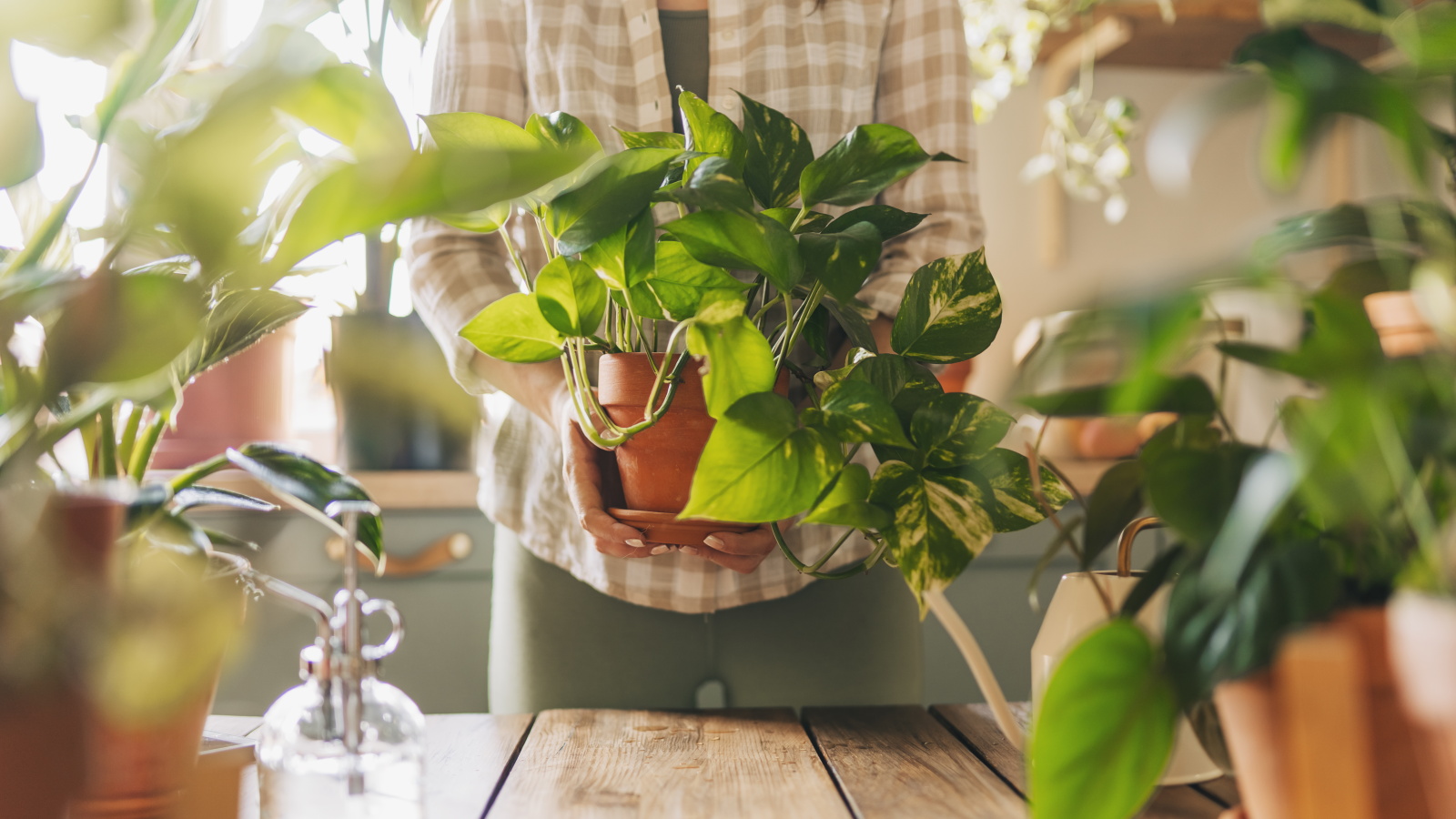
As an avid houseplant collector, I'm always looking for new ways to help my plants be the best they possibly can be. This includes searching for easy tips and tricks that will give my houseplants a boost.
Although there are some rules to follow when caring for the best indoor plants, sometimes it really is a case of doing what works for you and your plants, even if unconventional. That's why I decided to investigate which habits every good plant parent has.
Whether you're a novice houseplant grower or you've had them for years, I promise your plants will thank you for doing these things. Here are the habits plant experts have adopted and want you to take on board, too.
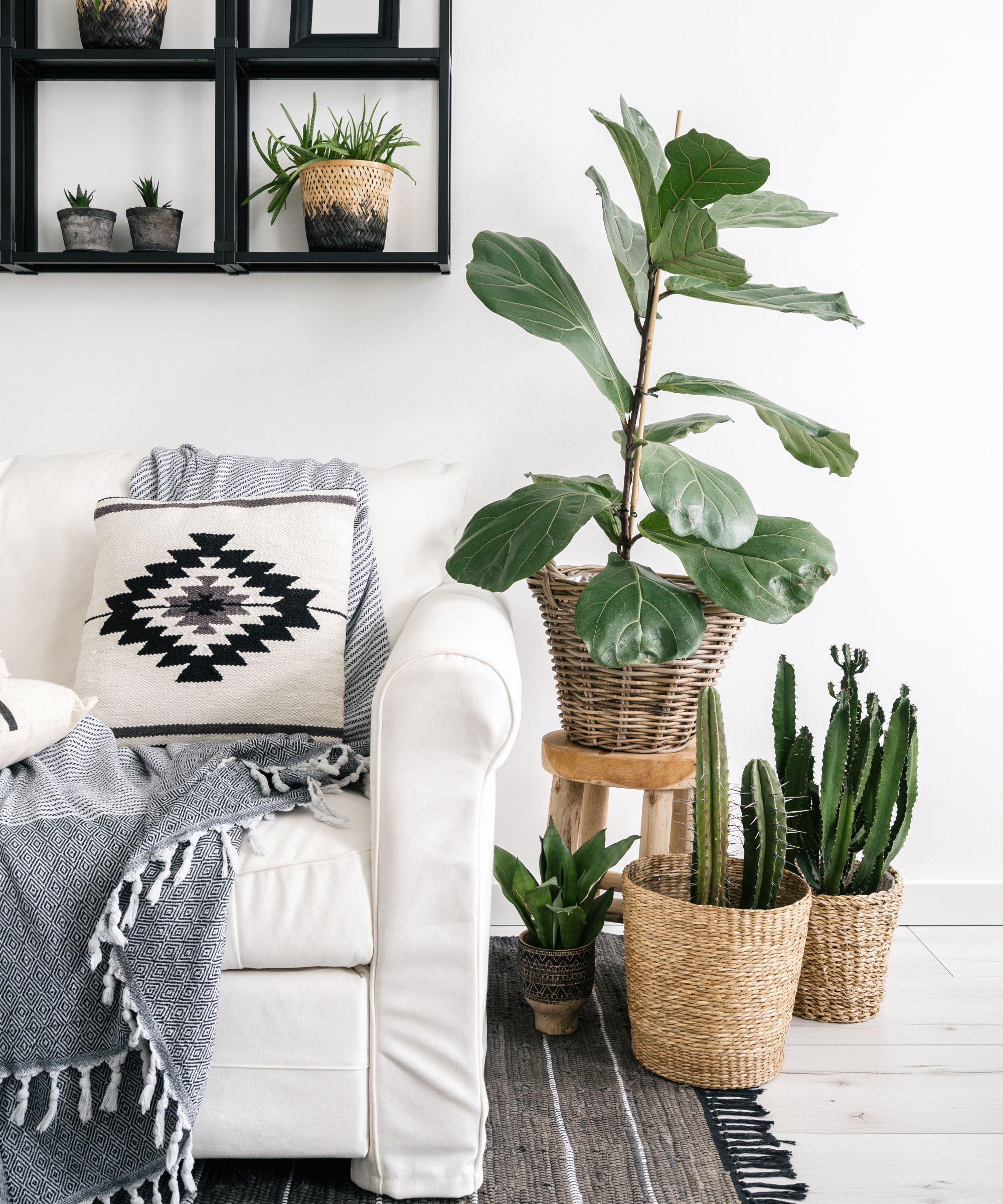
7 habits that help houseplants
There is no single way to become a better plant parent. It's all about making changes that bring positive results for your plants. These seven habits every good plant parent has are a good place to start.
1. Rotate your houseplants
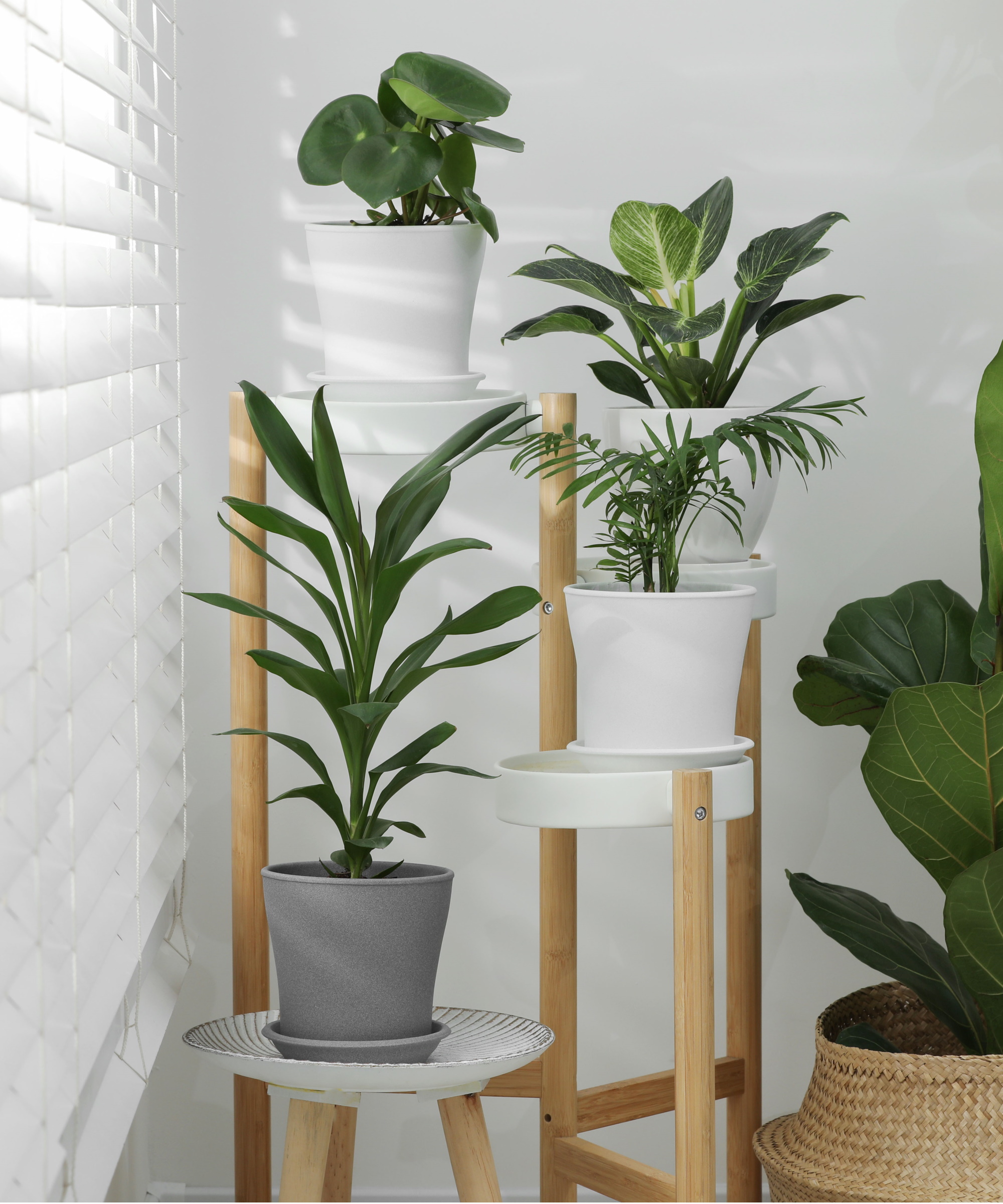
This habit seems simple, but can be easily forgotten about. Simply rotating your houseplants occasionally can do wonders for their structure and ability to put on new growth.
'Plants that aren’t turned on a regular basis will tend to grow full on one side and have more limited growth on the other,' explains Julie Bawden-Davis, indoor plant expert at Healthy Houseplants.
'Not turning can lead them to look lopsided and unattractive on the one side that gets limited light,' she adds.
The reason this happens is that plants grow towards light, a process called phototropism. Often, this is the cause behind a ZZ plant drooping and other popular plants leaning to one side.
By regularly rotating your houseplants, you ensure all sides of the plant have equal access to light, resulting in more even growth.
I tend to do this weekly for my echeveria succulents, which I find start to lean towards one side during spring and summer. Simply rotating them quickly straightens the plants up again.
In the case of tall houseplants, like monsteras, you might even want to add a plant stake (from Amazon) or houseplant trellis to prevent it from flopping over and snapping.
2. Move houseplants according to light levels
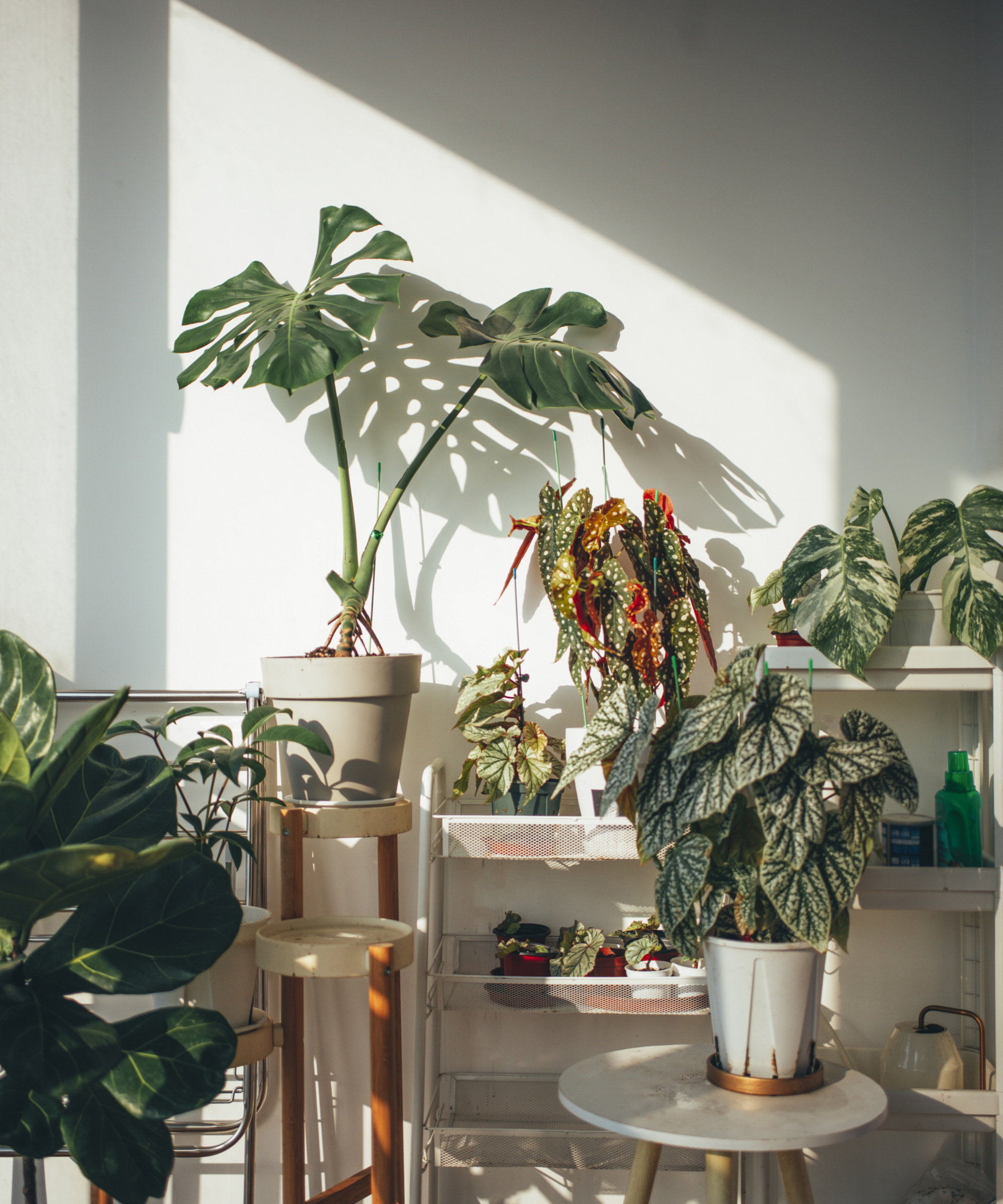
Another habit every good plant parent has to ensure houseplants have sufficient lighting is not giving them a permanent position in the home. Instead, it's beneficial to move houseplants for different seasons.
'The intensity and availability of light changes throughout the year - even indoors. Making sure your houseplants are getting the right amount of light, and the right kind, is important to their health,' explains Julie.
'It’s a good idea to check the area with a plant light meter (from Amazon) every two months or so. This will alert you to if plants are getting too much or not enough light so that you can make changes to their positioning or add supplemental lighting,' she adds.
Houseplant winter care often requires grow lights for houseplants (like this grow light from Amazon). It can also be useful to move houseplants closer to windows during this time.
During summer, however, you may wish to bring houseplants a bit further back from hot, sunny windows to avoid issues like leaf scorch.
3. Wash windows regularly
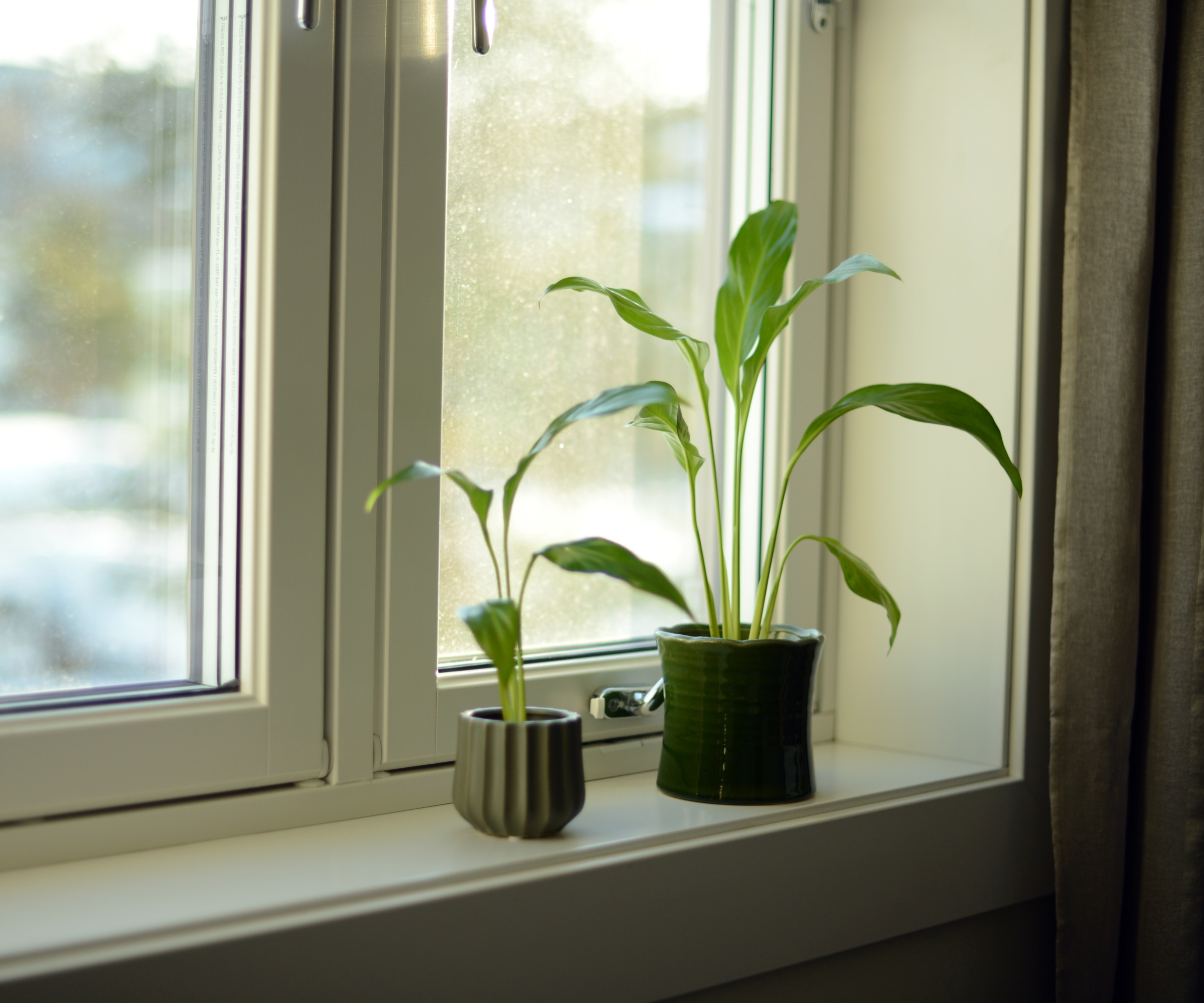
This one may be surprising, but plant experts urge you to wash your windows to aid healthy plant growth. This will help houseplants growing on your windowsill the most.
'Wash your windows and screens at least a couple of times a year, if not more often,' says Lisa Eldred Steinkopf, houseplant expert at The Houseplant Guru. 'Your plants need light, and dirty windows and screens diminish the light your plants are receiving,' she explains.
Not only this, but dirt and debris building up on windows can leach into your houseplant pots and cause bacterial issues. In turn, this could create an ideal environment for common houseplant pests to take up residence.
It can be as simple as wiping your windows with this window cleaner from Walmart to keep them clean. Just take care to move plants out of the way first, to avoid chemicals getting into their pots.
4. Refresh your plant's potting mix
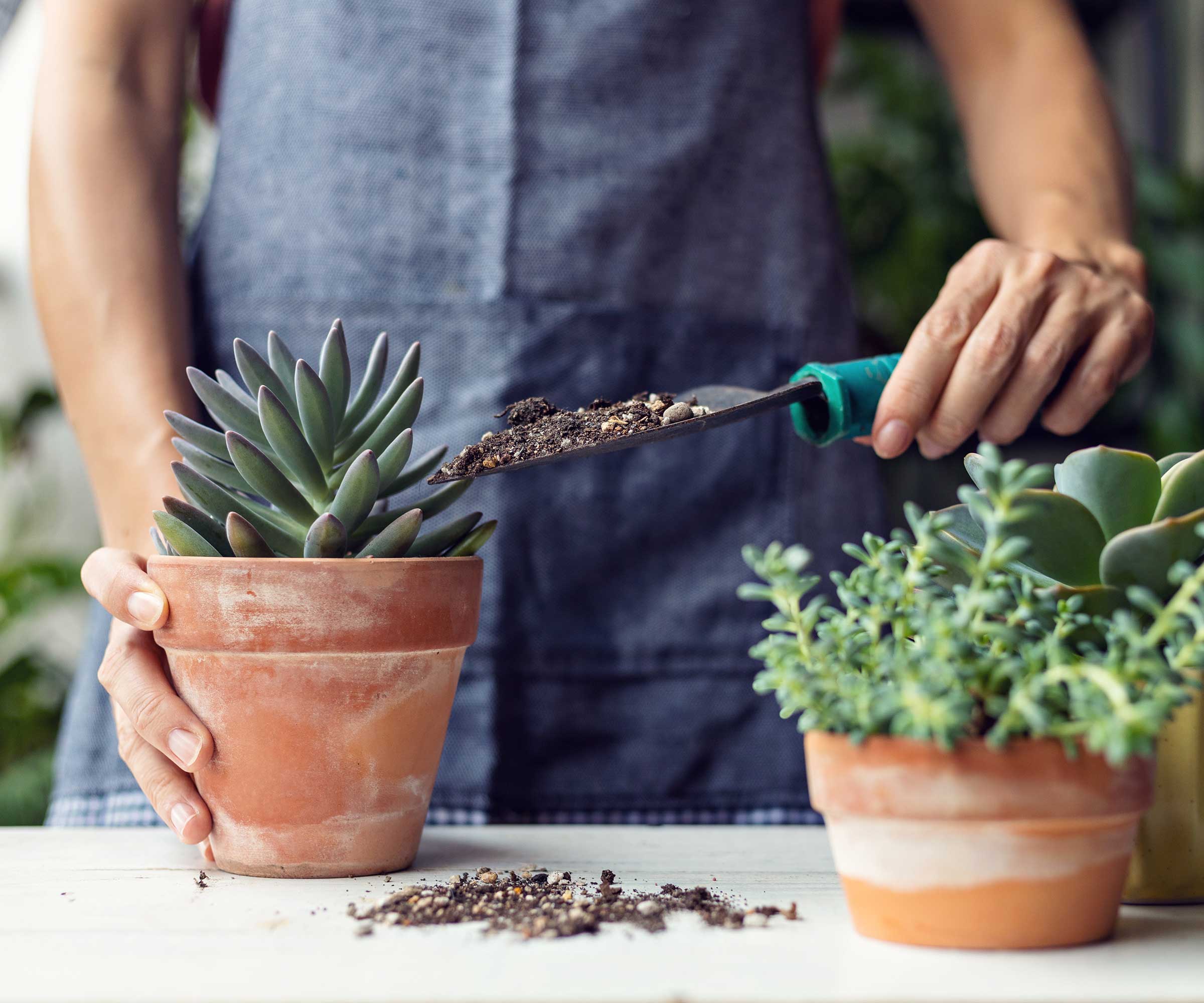
This one is important because potting mix is one of the main sources of essential plant nutrients. These nutrients deplete over time, so refreshing the soil every now and again can give your plants a boost.
'If you’ve had your plant for a while, it may need fresh potting mix. Everything is decomposing, and as your potting mix decomposes, it compacts, causing the roots of the plant to get less oxygen,' Lisa explains.
Symptoms of soil compaction include yellowing leaves and a lack of water absorption, identifiable by water sitting on the surface of the soil. Repotting can quickly resolve this issue, providing your houseplant with fresh potting mix.
As a preventative measure, Anastasia Borisevich of Plantum recommends doing a soil test (like with this kit from Amazon).
'This will inform you of its composition, pH level, and possible nutrient deficiencies. With this info at hand, it’ll also be easier for you to avoid fertilizing mistakes,' she says.
5. Quarantine new plants
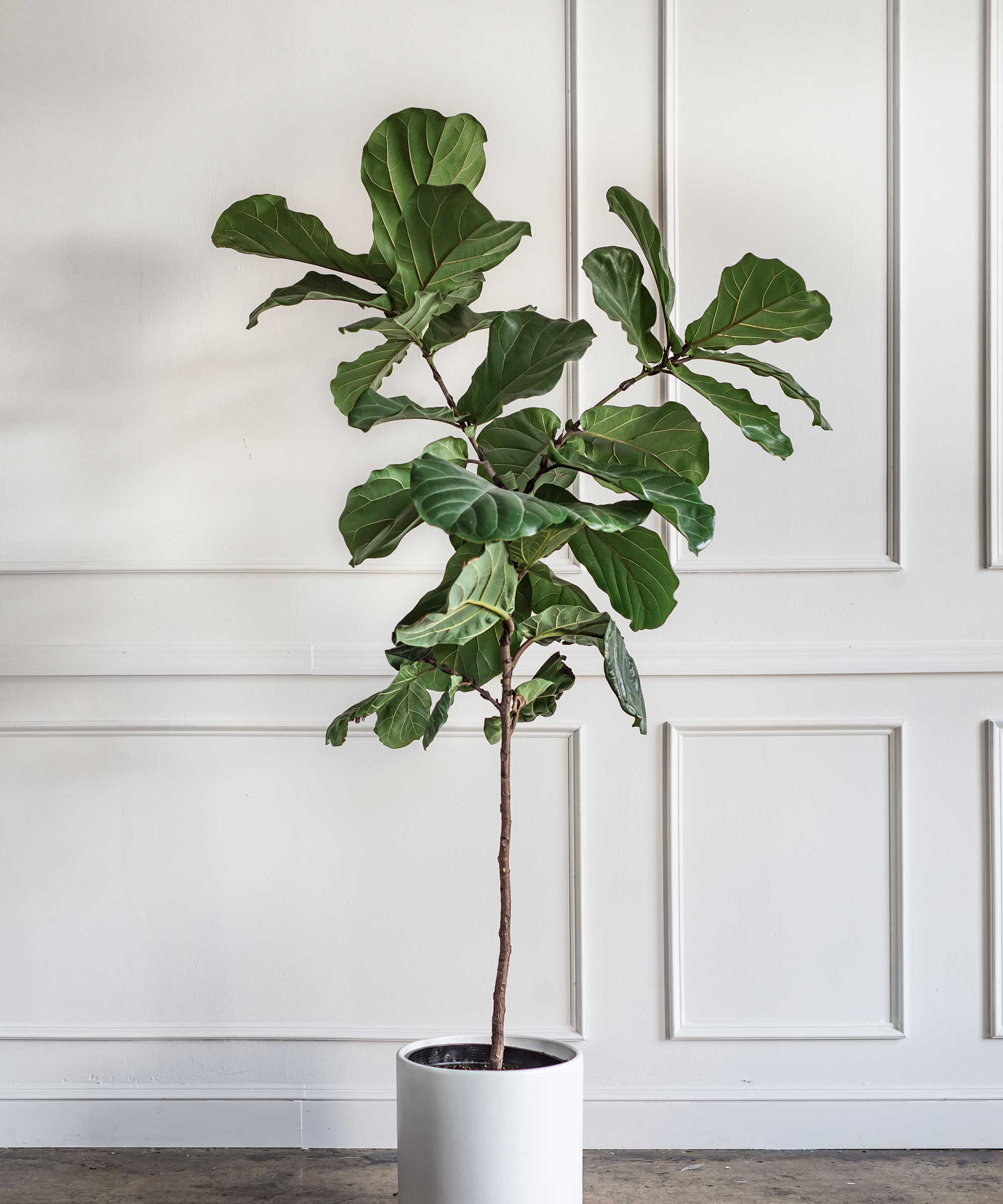
This is one of the habits every good plant parent has that I have adopted over the years. It's something that guarantees your existing houseplants are kept safe from any diseases and pests new plants may bring into your home.
'A newly-bought plant could harbor pests and diseases, so I recommend quarantining it for about 40 days before placing it near other plants,' says Anastasia. 'After all, it’s easier to deal with one sick plant than several.'
As Anastasia notes, it can be tricky to get rid of spider mites and other pests that spread quickly from multiple plants. Isolating plants to first deal with any problems will keep existing plants safe from harm.
It could be as simple as placing a new houseplant in a conservatory or in a corner on its own. This is also something to practice to prevent pests when bringing houseplants back indoors after summer.
6. Sterilize old plant pots

This is another habit that may pass you by, especially in the excitement of being able to give an old pot some more use with a new plant. However, cleaning plant pots before use is vital to maintaining plant health.
'Tiny pests and harmful pathogens could be hiding in old pots. Without proper sterilization, they’ll spread to healthy plants, leading to all kinds of problems,' Anastasia notes.
The same goes for cleaning garden pots and cleaning terracotta pots. Anastasia suggests the following method:
'Swap out the old soil and clean off any residues with a dish brush. Then soak the pot in a 1:9 bleach-to-water solution for 10–15 minutes. If you want to go all-natural, use a mix of equal parts vinegar (from Walmart) and water.
'Finally, wash the pot with clean water and air dry,' she says.
7. Dust houseplant leaves
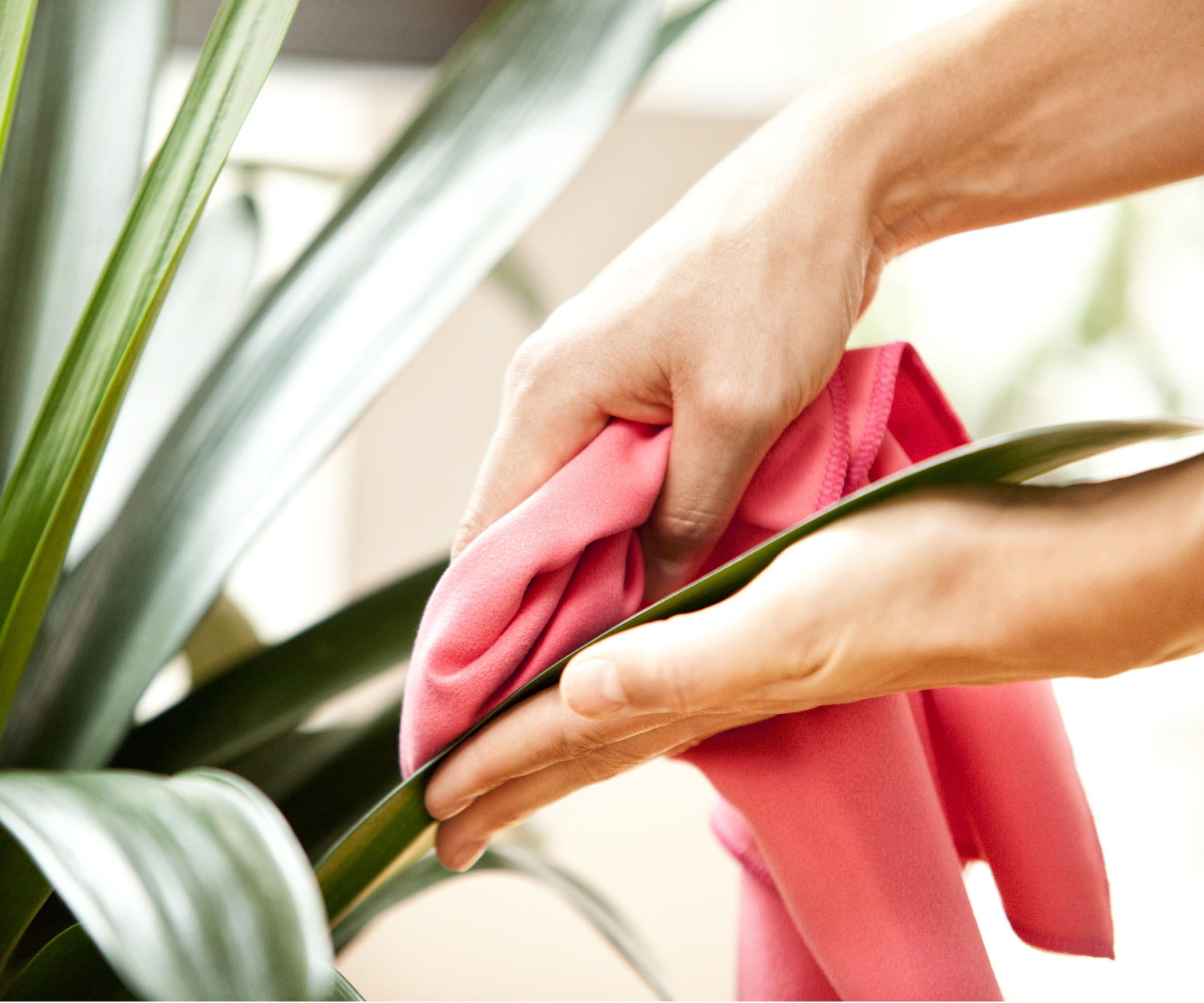
I do this task weekly, cleaning houseplant leaves to remove dust and debris. There are a few reasons to add this into your plant care routine: it keeps pests away and it leaves foliage looking brighter and shinier.
There are a few methods you can use, too. I recently discovered houseplant dusting gloves which work particularly well on my large monstera leaves. Or, you can use water and a microfibre cloth (from Amazon).
'If you can move them, clean them often by washing down the leaves with water in the shower. They will love it and look so much better,' Lisa Eldred Steinkopf suggests.
FAQs
What plant care habit should you avoid?
There are many habits plant parents pick up that can have a negative impact on the health and growth of plants. One of the most common indoor plant mistakes is watering too generously. Oversaturated soil can lead to houseplant root rot, killing off plants.
This bad habit is often adopted under the misconception you need to water houseplants according to a set schedule. Rather, houseplants should only be watered when their soil is sufficiently dry (although, this differs from plant to plant). I recommend using this soil moisture meter from Amazon to identify when it's time to water your indoor plants.
Having a well-equipped plant care kit can make many of these habits easier to pick up. Just remember, not all of these will work for every type of plant, so adjust them as necessary. It's all about observing how your plant is growing in its current environment and amending where needed.







